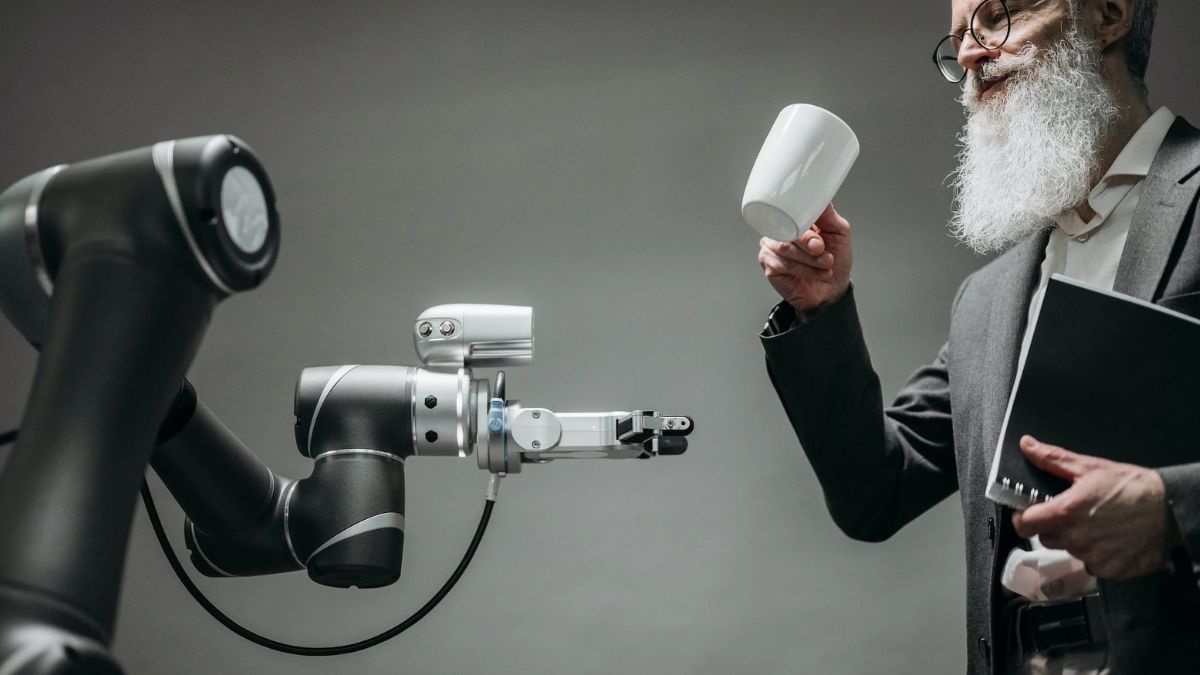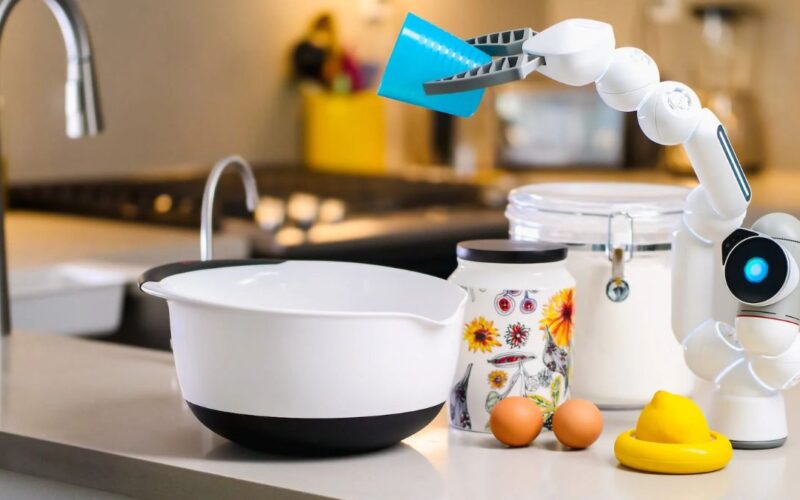The integration of robots into the workplace has sparked both fascination and concern. As technology continues to advance, the question of whether robots are friends or foes in the workplace becomes increasingly relevant. This article delves into the intricate dynamics of workplace automation, exploring the benefits, challenges, and the potential for harmonious collaboration between humans and robots.
The Rise of Robots in the Workplace
Advancements in robotics and artificial intelligence have ushered in a new era of workplace automation. From manufacturing floors to office settings, robots are increasingly playing diverse roles, promising increased efficiency, precision, and productivity.
Benefits of Workplace Robots
Increased Efficiency: Robots excel at repetitive tasks, allowing for enhanced efficiency and precision, reducing the likelihood of errors.
24/7 Operations: Unlike humans, robots can operate around the clock, leading to continuous productivity and reduced downtime.
Safety Advancements: Robots are well-suited for tasks that are dangerous or pose risks to human safety, contributing to improved workplace safety.
Cost Savings: Over time, the upfront investment in robots may lead to cost savings through increased productivity and decreased reliance on human labor.
Challenges of Automation
Job Displacement Concerns: The most prominent concern revolves around the potential displacement of human workers as automation takes over certain roles.
Skill Shift: The integration of robots often necessitates a shift in required skills, raising concerns about reskilling the existing workforce to adapt to changing job requirements.
Ethical Considerations: The use of robots in the workplace raises ethical questions, such as the impact on job satisfaction, mental health, and the potential for dehumanization in certain industries.

Human-Robot Collaboration
The evolving narrative surrounding workplace automation is not one of replacement but collaboration. The concept of human-robot collaboration envisions a future where robots and humans work together synergistically, each leveraging their unique strengths.
Co-Bots in Action
Collaborative robots, or co-bots, exemplify this vision. These robots are designed to work alongside humans, handling tasks that require precision and strength, while humans focus on tasks that require creativity, critical thinking, and emotional intelligence.
Enhancing Creativity and Innovation
Rather than stifling creativity, robots in the workplace have the potential to enhance it. By taking care of routine and mundane tasks, humans can channel their energy into more complex and creative endeavors, driving innovation within organizations.
The Role of Leadership in Transition
Successful integration of robots into the workplace requires effective leadership. Leaders play a crucial role in fostering a positive workplace culture, addressing concerns, and facilitating the necessary training and reskilling initiatives.
The integration of robots into the workplace is a transformative phenomenon that demands careful consideration and strategic planning. Rather than viewing robots as adversaries, there is an opportunity to embrace them as allies, working in harmony to create a future where both humans and robots contribute to a more efficient, innovative, and dynamic work environment. Striking the right balance between automation and human involvement holds the key to a future where technology enhances, rather than hinders, the workplace experience.










